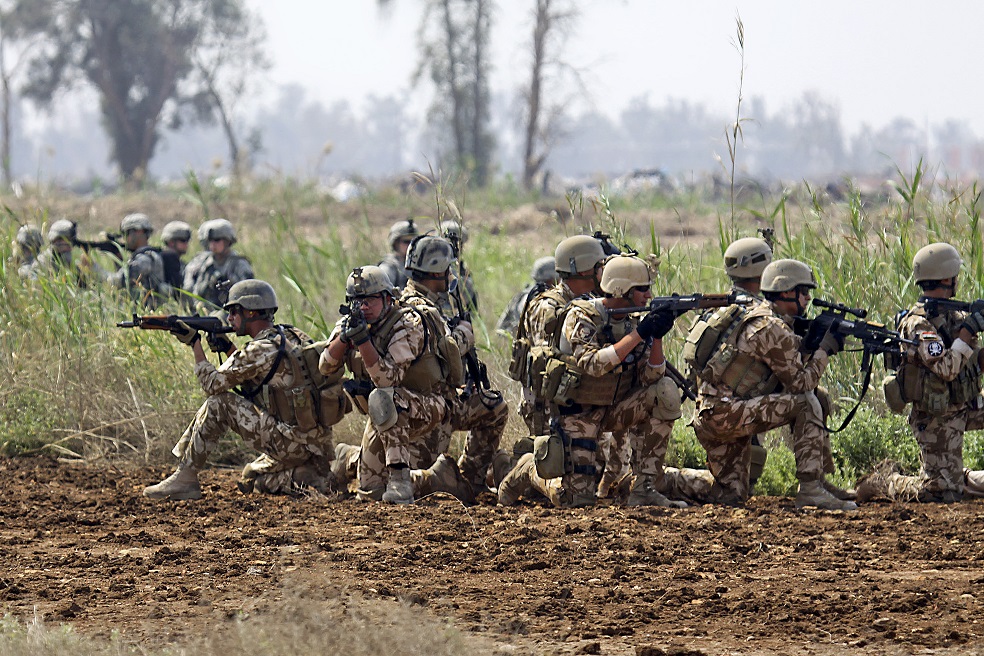
This post is also available in:
 עברית (Hebrew)
עברית (Hebrew)
Avoiding friendly fire is still a challenge for ground forces, despite advances in technology ranging from small, wearable infrared beacons to sophisticated tactical smartphone-based systems that allow leaders to track the location of friendly units.
The US Army is interested in technology that can identify friendly troops on the battlefield while avoiding detection by enemy night vision gear.
The enhanced Individual Friend or Foe (IFF) capability for dismounted soldiers can be incorporated into uniforms and individual equipment and identified at extended ranges.
According to a recent market survey posted on the beta.sam.gov website by the Army Combat Capabilities Development Command Soldier Center (CCDC SC), “the technology must minimize detection by common night vision goggles (NVGs).” The technology should have peak performance from sunset through the hours of darkness to sunrise.
The technology can be removable or incorporated into uniforms or existing equipment, but it must minimize size, weight and power usage, the solicitation states, according to military.com.
The minimum detection distance from the detection source to the dismounted soldier should be at least 300 meters.
Army equipment officials have been working since the 1980s to equip troops with smart-soldier gear such as GPS-equipped Land Warrior and the more streamlined Nett Warrior systems that allow small-unit leaders to track fireteam locations by viewing them as glowing icons on a digital map.
Army modernization officials hope that the advanced target recognition technology in the new AR-based Integrated Visual Augmentation System (IVAS) will help close-combat soldiers identify enemy targets from non-combatants on the battlefield.

























